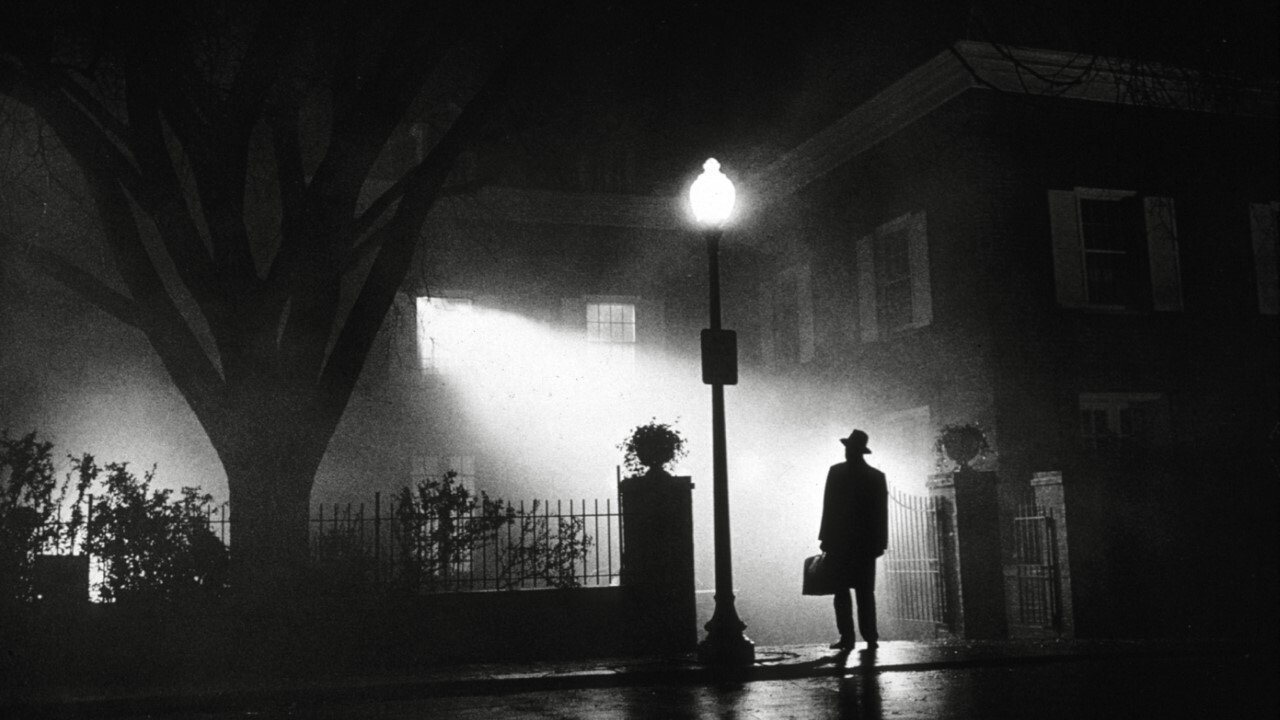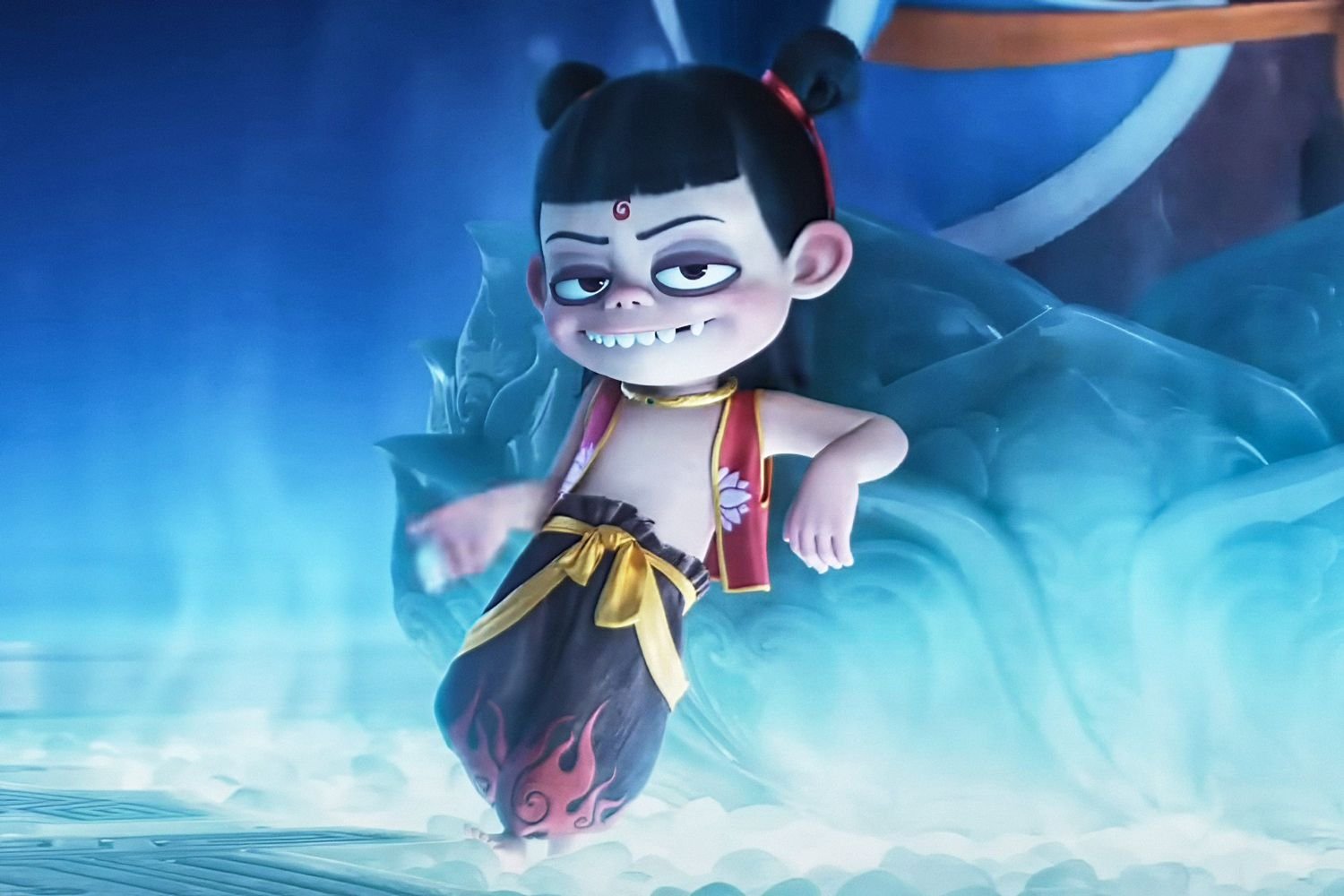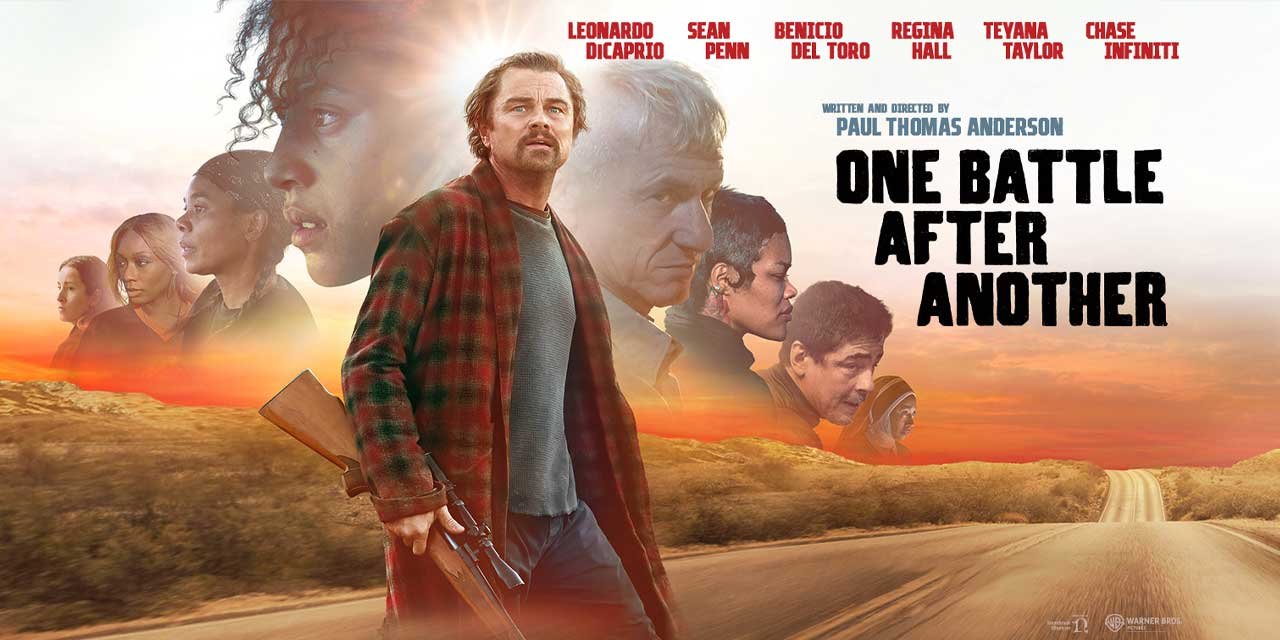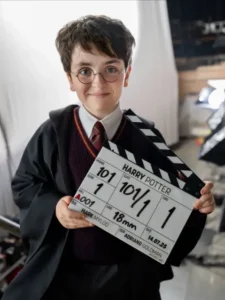
The Exorcist: Masterpiece of Horror and Cinematic Legacy
When it comes to the horror genre, few films have had the lasting impact and cultural significance of William Friedkin’s 1973 classic, “The Exorcist.” This groundbreaking movie not only terrified audiences upon its initial release, but it also went on to become a seminal work that has influenced countless horror films that followed. In this in-depth analysis, we’ll delve into the various elements that make “The Exorcist” a true masterpiece of the genre.
The Haunting Source Material
At the heart of “The Exorcist” lies the novel of the same name, written by William Peter Blatty. Published in 1971, the book was an instant classic, spending years on the bestseller lists in the United States. The novel was based on a real-life exorcism case from the 1940s, which had been extensively covered by historians, researchers, and journalists. This grounding in reality lent the story a sense of authenticity and weight that resonated with readers.
For those who haven’t read the book, The Exorcist by William Peter Blatty is a must-read. The novel delves deeper into the characters and their motivations, providing a rich and immersive experience that the film, as brilliant as it is, cannot fully capture. Blatty’s writing is both chilling and thought-provoking, exploring the themes of faith, morality, and the nature of evil in a way that has cemented the book’s status as a modern classic.
The Arduous Journey to the Screen
The journey from page to screen for “The Exorcist” was a long and arduous one. The Warner Bros. studio, which had acquired the rights to the novel, initially wanted to have the film directed by the legendary Stanley Kubrick. However, Kubrick ultimately declined the offer, paving the way for the young and talented William Friedkin to take the helm.
The casting process for the film was equally challenging, with the studio considering and rejecting several high-profile actors, including Marlon Brando, Jack Nicholson, and even Audrey Hepburn. It was only after a lengthy period of testing and negotiation that the final cast was assembled, with the relatively unknown Linda Blair and the seasoned actors Max von Sydow, Ellen Burstyn, and Jason Miller taking on the lead roles.
The production itself was plagued by a series of accidents and delays, further adding to the film’s troubled history. The extensive pre-production period and the various setbacks during filming contributed to the film’s overall cost, making the final result all the more impressive.
The Masterful Storytelling
One of the key strengths of “The Exorcist” is its masterful storytelling, which can be broken down into four distinct narrative threads:
The Prologue: The film opens with a sequence set in Iraq, where Father Merrin (played by Max von Sydow) encounters an ancient artifact that foreshadows the events to come.
The McNeil Family: The main storyline follows the McNeil family, particularly the young Regan (Linda Blair) and her mother, Chris (Ellen Burstyn), as they grapple with Regan’s increasingly disturbing behavior and the need for an exorcism.
Father Karras: The third narrative thread focuses on Father Damien Karras (Jason Miller), a Jesuit priest struggling with his own crisis of faith, who becomes involved in the exorcism.
The Investigation: The final thread follows the investigation into the death of a film director, which is connected to the events surrounding the exorcism.
The way Friedkin seamlessly weaves these four storylines together is a testament to his directorial prowess. Each thread is compelling in its own right, but when combined, they create a rich tapestry of themes and emotions that elevate the film beyond a simple horror story.
The Haunting Atmosphere
One of the most striking aspects of “The Exorcist” is its ability to create a pervasive sense of dread and unease. Friedkin’s approach to the film’s music and sound design was crucial in establishing this atmosphere.
The use of minimalist, almost documentary-style music, with the haunting “Tubular Bells” by Mike Oldfield as the primary theme, helps to ground the film in a sense of realism. The emphasis on ambient sounds, such as creaks, whispers, and unsettling noises, further contributes to the feeling of unease, making the supernatural elements all the more unsettling.
Additionally, the film’s cinematography and visual style are equally impressive. The careful framing and lighting of each shot create a sense of tension and foreboding, with the camera often lingering on seemingly mundane details that take on a sinister quality. The use of low angles and tight close-ups heightens the sense of claustrophobia and vulnerability, drawing the audience deeper into the film’s unsettling world.
The Groundbreaking Special Effects
One of the most memorable and iconic aspects of “The Exorcist” is its groundbreaking special effects. The film’s effects were created primarily through practical means, with a focus on creating tangible, visceral imagery that would leave a lasting impression on the audience.
From the startling transformation of Regan’s face to the infamous “spider walk” scene, the film’s effects still hold up remarkably well today, even in the age of CGI. The attention to detail and the sheer creativity of the effects team, working within the constraints of a relatively modest budget, is a testament to their skill and dedication.
The impact of “The Exorcist’s” special effects cannot be overstated. The film’s ability to shock and disturb audiences has become the benchmark for horror filmmaking, with countless subsequent movies attempting to replicate its visceral power. Even today, the film’s effects remain a source of fascination and admiration for both fans and filmmakers alike.
The Lasting Legacy
The enduring legacy of “The Exorcist” is a testament to its cultural significance and the lasting impact it has had on the horror genre. The film was nominated for 10 Academy Awards, winning one for Best Adapted Screenplay, a fact that has sparked ongoing debates and discussions among film enthusiasts.
Beyond its critical acclaim, “The Exorcist” has also spawned numerous sequels, prequels, and adaptations, further cementing its status as a horror classic. The film has been re-released in various versions over the years, each offering new insights and perspectives on the story and its themes.
For those interested in delving deeper into the history and analysis of “The Exorcist,” several books provide valuable insights. These include Possessed by Thomas B. Allen, which explores the real-life exorcism case that inspired the film, and The Exorcist by Mark Kermode, a comprehensive analysis of the film’s impact and legacy.
In conclusion, “The Exorcist” remains a towering achievement in the horror genre, a film that has left an indelible mark on cinema and popular culture. Its masterful storytelling, haunting atmosphere, and groundbreaking special effects have cemented its status as a true classic, one that continues to captivate and terrify audiences to this day. For any fan of horror or cinema in general, “The Exorcist” is a must-see experience that will leave a lasting impression.













2 comments